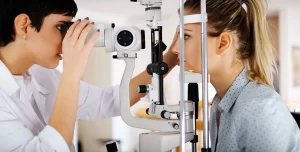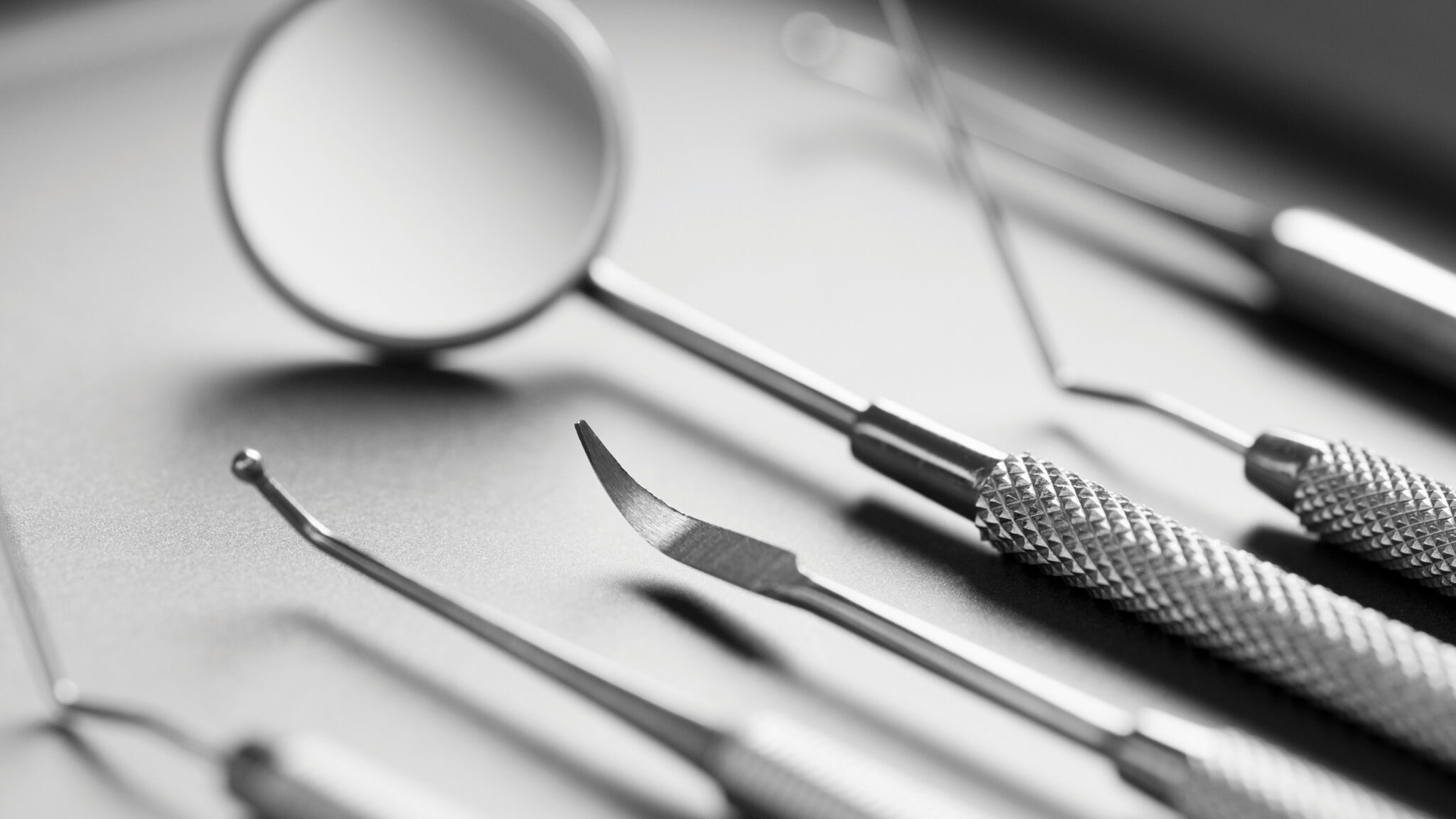
Eye testing equipment refers to devices used to diagnose and monitor various eye conditions and diseases. These include devices such as autorefractors, tonometers, optical coherence tomography (OCT) machines, retinal cameras, visual field analyzers, and others. These machines help optometrists and ophthalmologists in examining and measuring different aspects of eye health, such as visual acuity, intraocular pressure, retinal health, and visual field.
Eye testing is important to maintain good eye health and detect any potential vision problems or eye diseases. Regular eye tests can help in early diagnosis and prompt treatment of conditions such as near-sightedness, far-sightedness, astigmatism, cataracts, glaucoma, macular degeneration, and other eye diseases. Eye tests also provide an opportunity to update the prescription for glasses or contact lenses, if needed. Additionally, eye tests can detect general health problems such as high blood pressure, diabetes, and high cholesterol levels. Eye testing is crucial for maintaining good vision and overall eye health, and it is recommended to have regular eye tests, especially for individuals with a family history of eye diseases or who have other risk factors such as increasing age, prolonged screen time, or exposure to UV radiation.
According to the report published by Allied Market Research, the Global Eye Testing Equipment Market Size is Anticipated to Garner USD3,914 million by 2025, registering a CAGR of 5.0% During Forecast Period.
What equipment is used to check the eyes?
Several types of equipment are used to check eyes and assess vision and eye health, including:
- Refractors – for measuring the eye’s ability to focus light and determining the prescription for corrective lenses
- Autorefractors – automated machines that use algorithms to measure refractive error
- Slit lamps – to examine the front of the eye and detect any abnormalities
- Fundus cameras – for capturing images of the back of the eye and detecting changes in the retina
- Tonometers – for measuring the intraocular pressure in the eye, a key indicator of glaucoma
- Perimeters – for measuring visual field, the extent of peripheral vision
- Corneal topographers – for mapping the surface of the cornea
- Optical coherence tomography (OCT) – a non-invasive imaging tool for evaluating the retina and optic nerve.
Get Sample PDF Report with Graphs and Figures Here
What is the latest technology for eye testing?
- Wavefront technology: This technology measures the way light travels through the eye and helps to produce a detailed map of the eye’s unique optical imperfections.
- Optical Coherence Tomography (OCT): This is a non-invasive imaging technology that allows for a detailed, cross-sectional image of the retina and other structures in the eye.
- Automated Perimeter: This is an instrument that can test the peripheral visual field of the eye, and helps to detect vision loss caused by diseases such as glaucoma.
- Digital Fundus Camera: This is a specialized camera that captures high-resolution images of the inside of the eye, including the retina, optic nerve head, and blood vessels.
- Corneal Topographer: This is a device that uses advanced computer software to measure and map the shape of the cornea, which can help to diagnose and manage various eye conditions, including keratoconus.
Top Eye Testing Equipment Companies
- Carl Zeiss
- Metall Zug AG (Haag-Streit)
- Topcon Corporation
- Nidek Co., Ltd
- BON Optic
- Novartis (Alcon)
- Essilor
- Canon
- Heine Optotechnik
- Luneau Technology
What are the Factors that Drive the Eye testing equipment Market?
The eye testing equipment market is driven by various factors including:
- Increasing incidences of eye diseases and disorders: The rising prevalence of eye diseases such as cataract, glaucoma, and age-related macular degeneration is driving the demand for eye testing equipment.
- Advancements in technology: Technological advancements such as the development of non-invasive and automated equipment for eye testing is driving the market growth.
- Growing aging population: The aging population is more susceptible to eye diseases and vision problems, which is driving the demand for eye testing equipment.
- Rising awareness about eye health: The growing awareness about eye health and the importance of regular eye check-ups is also driving the market growth.
- Growing healthcare expenditure: The growing healthcare expenditure, especially in developing countries, is leading to an increase in demand for eye testing equipment.
- Government support and initiatives: Government support and initiatives to promote eye health and prevent eye diseases are also driving the market growth.
Contact:
David Correa
USA/Canada (Toll-Free): +1-800-792-5285, +1-503-894-6022
Fax: +1(855)550-5975
help@alliedmarketresearch.com

